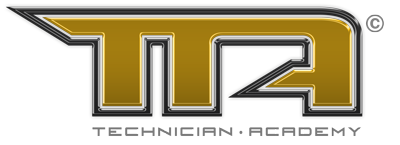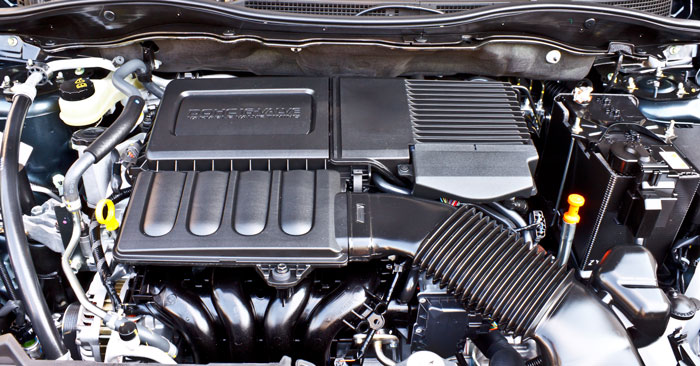Most Common Causes of Fuel Injector Failure
The most common causes of fuel injector failure are blockages of the pintle due to heat soak, internal shorts, and water from fuel contamination.
The largest contributor to fouling of the injectors is heat soak. This is an uncontrollable occurrence on all vehicles. Heat soak occurs every time the engine shuts down. The remaining fuel on the nozzle evaporates due to the increase in temperature and lack of airflow.
As the fuel on the fuel injector nozzle evaporates, it creates a waxy olefin, better known as varnish. Over time, this begins to build up until it obstructs the flow of fuel.
Fuel injector cleaner added to the fuel on a regular basis forestalls this occurrence dramatically. Once the injector clogs, adding fuel injector cleaner to the fuel is useless and will not unclog the injector. The solution is to have the injector cleaned professionally or replaced.
Typically, the first injectors to clog are the inside or middle injectors. For instance, a four-cylinder engine will have the middle number 2 and 3 foul first. The same goes for V6 and V8 engines. This is because the middle cylinders are the warmest immediately after shut down.
An easy method for locating the clogged injectors is to disconnect all the injector electrical connectors. Install a fuel pressure gauge on the fuel rail test port and turn the key on. Using two jumper wires from the battery, jump each injector one at a time for two seconds while monitoring the fuel gauge. Any injector that drops pressure more or less than the remainder of the injectors has failed.
Internal shorts are another major cause for failure. When an injector shorts internally, resistance drops. This causes the injector to require more amperage to operate. In response to the increase in amperage draw, on late model vehicles, the engine management computer will shut the injector down.
Water in the fuel is another problem. Given the speed at which an injector operates, water’s lack of lubricating properties quickly destroys an injector.
Tips for Replacing the Injectors
- With all the electrical connectors on the injectors, remove the fuel pump relay and crank the engine for three seconds to relieve the fuel pressure.
- After removing the necessary parts to access the fuel rail, remove the bolts securing the fuel rail to the engine block or intake manifold.
- Use a fuel injector removal tool (found at most auto parts stores), grip the base of each injector, and pull up to unseat it from the engine. Continue until all injectors are unseated.
- Lift the fuel rail and pull the faulty injector out of the fuel rail.
Line up all the fuel injector nozzles with their respective holes in the engine and push down on the rail to seat the injectors into the manifold or engine block. Install the bolts and draw them down the rest of the way. Install the electrical connectors with their metal lock springs.

